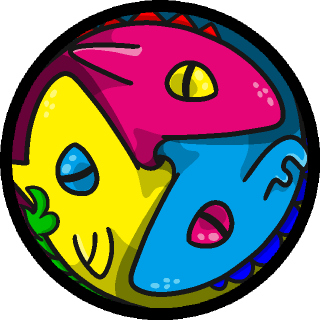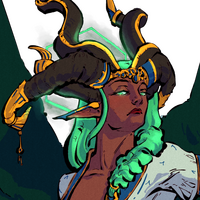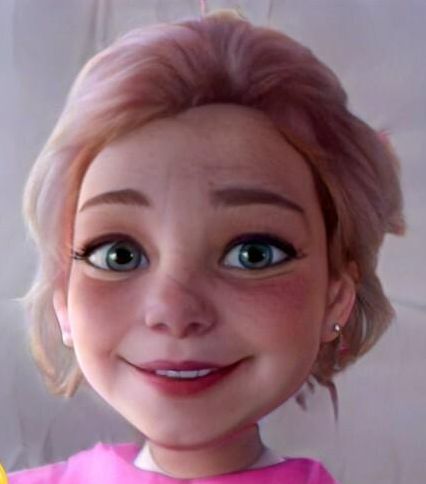Aschliqa
It’s clearly twenty-five!
Anatomy
Aschliqa limbs can be divided based on the location (cervical and abdominal) or thickness (thick and thin). The thick limbs resemble a goat, except for the first pair, which is more robust and possesses dextrous fingers. The thin legs, meanwhile, act as sensory organs.
Similar to other chirakis, aschliqas are biologically immortal, only dying from severe injuries and starvation. They can regenerate grave wounds as long as they inhale Abyss’s air. A sure way to kill an aschliqa is decapitation or crushing their chest.
Dietary needs and behaviour
Reproduction
A female lays up to 20 eggs after a short incubation period. She picks the eggs using the thin abdominal limbs and tucks them close to the body. She occasionally brings them closer to the cervical limbs for grooming, checkup, and to eat the damaged eggs.
The mother takes care of her children for up to a month. The hatchlings miss most of their thin cervical and abdominal limbs, which grow after each moult.
Aschliqas are most comfortable in upper and lower layers. The Abyss’s middle third is cold, making the creature slightly sluggish. The sensory feet allow aschliqas to walk easily in complete darkness.
Uses
Male aschliqas are kept for breeding, meat and venom. Thanks to their docile nature, farmers safely milk the venom, which is used for various chiraki potions.
Aschliqa meat resembles a lobster and is quite filling. Hunters often roast the cleaned flesh over fire, put it in stews or grind the shell into powder and add to other meals.
Farmers often carve chitin shells into various trinkets and charms, which are popular with merchants and visiting nobles. Pictured is an amulet resembling a chiraki plant, Rubytooth (Glarefruit).










Can I ride one of these bad boys?
Indeed you can! Just pay the owner.
Yay!